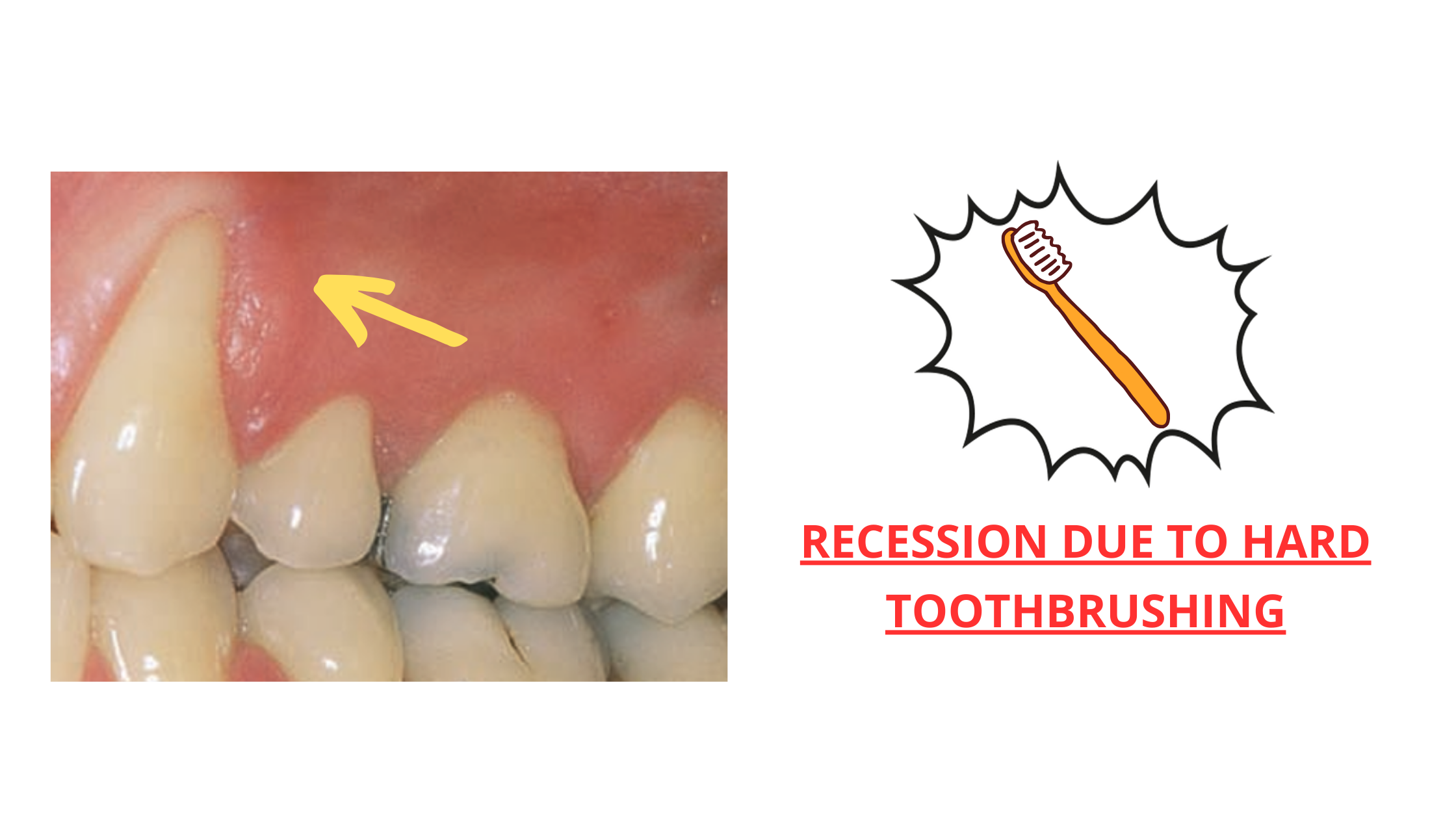Exposed Tooth Nerve: Find Relief Now

The excruciating pain of an exposed tooth nerve can be debilitating, affecting every aspect of daily life. From the simplest tasks like eating and drinking to more complex activities, the constant ache can be a persistent reminder of the need for relief. Understanding the causes, symptoms, and most importantly, the treatments available, is crucial for anyone suffering from this condition.
What is an Exposed Tooth Nerve?
An exposed tooth nerve occurs when the dentin, the layer beneath the tooth enamel, is worn away or the enamel is cracked, exposing the pulp, which contains nerves and blood vessels. This exposure can be due to various factors such as tooth decay, gum recession, or trauma to the tooth. When the nerve is exposed, it can become irritated by hot or cold foods and drinks, sweet or sour tastes, or even by breathing cold air, leading to sharp, shooting pains.
Causes of Exposed Tooth Nerve
Several factors can contribute to the exposure of a tooth nerve.
- Tooth Decay: When cavities are left untreated, they can progress through the enamel and dentin, reaching the pulp and causing nerve exposure.
- Gum Recession: Gum disease can cause the gums to pull back, exposing the roots of the teeth. Since the roots do not have enamel, the dentin is exposed, which can lead to nerve exposure if the dentin is worn away.
- Tooth Grinding or Clenching: This habit can wear down the enamel, especially on the chewing surfaces of the teeth, potentially exposing the dentin.
- Cracked Tooth: A crack in the tooth can provide a pathway for bacteria to infect the pulp, leading to inflammation and nerve exposure.
- Dental Procedures: Sometimes, dental procedures like fillings, crowns, or root canals can inadvertently expose the nerve.
Symptoms of an Exposed Tooth Nerve
The symptoms can vary from person to person but typically include: - Sharp, stabbing pain when consuming hot or cold foods and drinks. - Pain from sweet or sour tastes. - Sensitivity to air. - Spontaneous pain without any apparent cause. - Increased sensitivity over time.
Finding Relief
There are several steps one can take to find relief from the pain of an exposed tooth nerve.
Immediate Relief Measures
- Desensitizing Toothpaste: Using toothpaste designed for sensitive teeth can help block the dentin tubules, reducing pain.
- Avoid Irritants: Temporarily avoiding foods and drinks that trigger pain can help manage discomfort.
- Salt Water Rinse: Rinsing the mouth with warm salt water several times a day can help reduce swelling and ease pain.
Professional Treatments
- Fluoride Gel or Varnish: Applying a fluoride gel or varnish can help strengthen tooth enamel and reduce sensitivity.
- Dental Bonding: Applying a dental bonding agent to the exposed area can protect the nerve and reduce sensitivity.
- Root Canal: If the pulp is infected or severely inflamed, a root canal may be necessary to remove the infected pulp and clean the canal.
- Crown: Placing a crown over the tooth can protect it from further damage and reduce sensitivity.
Prevention
Preventing an exposed tooth nerve from occurring in the first place is always the best course of action. Regular dental check-ups can help identify and treat potential issues before they become major problems. Practicing good oral hygiene, including brushing with a fluoride toothpaste and flossing daily, can help prevent tooth decay and gum disease. Avoiding habits like tooth grinding or clenching, either by wearing a mouth guard at night or managing stress, can also protect the teeth.
Conclusion
An exposed tooth nerve, while painful and distressing, is a condition that can be effectively managed and treated. By understanding the causes, recognizing the symptoms, and seeking appropriate dental care, individuals can find relief from the pain and protect their oral health for the future. Remember, early intervention is key to preventing more severe complications and ensuring that the tooth can be saved.
What are the most common causes of an exposed tooth nerve?
+The most common causes include tooth decay, gum recession, tooth grinding or clenching, and cracked teeth. These conditions can wear away the enamel and dentin, exposing the nerve beneath.
How can I manage the pain of an exposed tooth nerve at home?
+Using desensitizing toothpaste, avoiding foods and drinks that trigger pain, and rinsing with warm salt water can help manage discomfort. However, it’s crucial to visit a dentist for a proper diagnosis and treatment plan.
Is an exposed tooth nerve a sign of a more serious dental issue?
+Yes, an exposed tooth nerve can be a sign of an underlying issue such as tooth decay, gum disease, or a cracked tooth. It’s essential to address these issues promptly to prevent further complications, including the potential loss of the tooth.
Can an exposed tooth nerve be prevented?
+Yes, prevention is possible through regular dental check-ups, good oral hygiene practices, and avoiding habits that can damage teeth, such as grinding or clenching. Early detection and treatment of dental issues can help prevent the exposure of the tooth nerve.
What are the long-term consequences of not treating an exposed tooth nerve?
+Failing to treat an exposed tooth nerve can lead to severe pain, infection, and potentially the loss of the tooth. In severe cases, the infection can spread to other parts of the face and skull, leading to more serious health issues.


